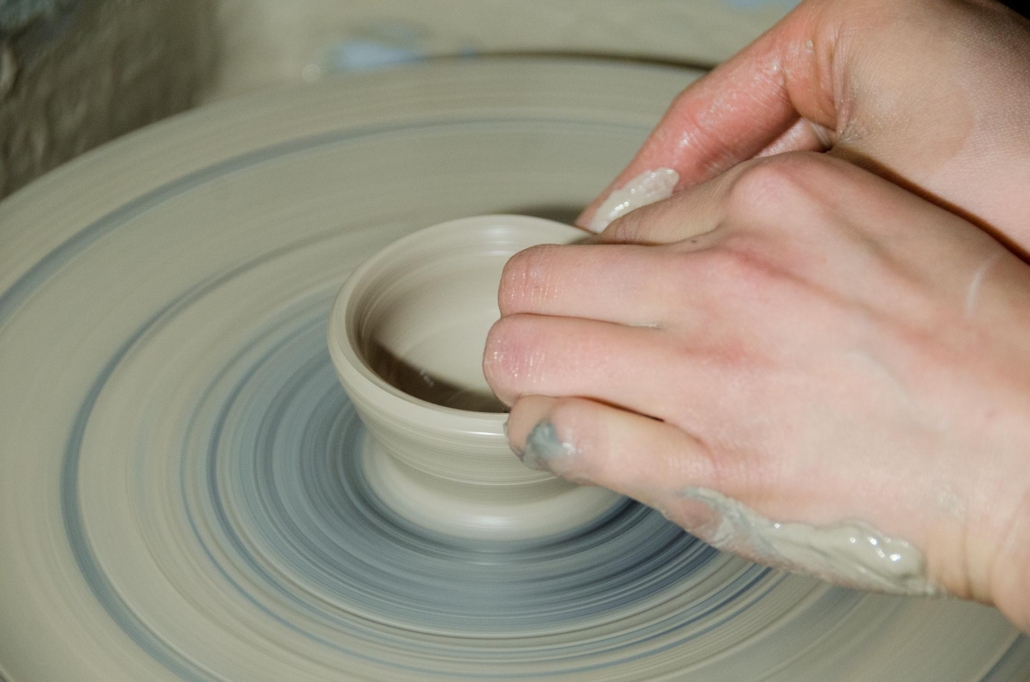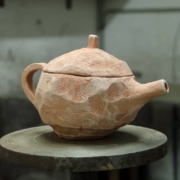EQUIPMENT
/0 Comments/in Didactics /by GiuliaWhat tools do I use?
I have decided to tell you a little bit about my favourite tools to work with. I would like to share these with those who are passionate about ceramics and are curious to find out what the most common tools are, what they are called, and how they are used.
The idea is to post a picture, at least once a week, of a tool that I will tag using the “#KeramoTools“ hashtag, so that they are easier to find.
II will begin by talking about basic tools and then move on to the less common tools used for different techniques. I would also like to show you how to hand craft equipment from wood, ceramic or other materials. I hope this will help!
Io e il mio ragazzo, Paolo Bianchi, di liuteria WAIZ , siamo entrambi artigiani e ci sosteniamo l’un l’altro creando oggetti utili che possano esserci d’aiuto per il nostro lavoro. In questo momento il mio corredo è per la maggior parte firmato WAIZ e devo dire che sono veramente cool!
QThese are some accessories I use when I use the potter’s wheel to create functional objects:
- natural sponges
- wooden spatula
- awl or large needle
- water bowl
- clay-cutting wire
- wooden meter
Before we get started, do we all know what a potter’s wheel is?

Most people are familiar with the potter’s wheel thanks to the very popular film “Ghost“. Who hasn’t been touched by Patrick Swayze’s romantic scene accompanying the hands of the beautiful Demi Moore as they make a beautiful vase?
The pottery wheel or potter’s wheel is a machine that harnesses the opposition between the centrifugal force undergone by the clay placed on a metallic head or disk, and the force carried out by the hands of the ceramist or wheel potter, in order to obtain a smooth and regular shape.
How many types of potter’s wheels are there?
There are pedal potter’s wheels, also known as foot wheels, and motorised or electric-powered wheels.
The first type, which are older, allow the speed of the disk to be increased and decreased through a pedal and require a certain amount of skill in coordinating the movement of hands and feet. For this reason, they are the top choice for many professional ceramists who are attached to more traditional techniques.
The motorised clay potter’s wheel, on the other hand, allows the adjustment of different standard speeds with manual controls or, more frequently, with a pedal. These commands allow automatic speed conservation without the need for human intervention until a different command is initiated.
All clear on the potter’s wheel? If you have any queries, please do not hesitate to get in touch.
In the next article I will start to tell you all about the different tools, keep following me to learn more!eguirmi per saperne di più!






